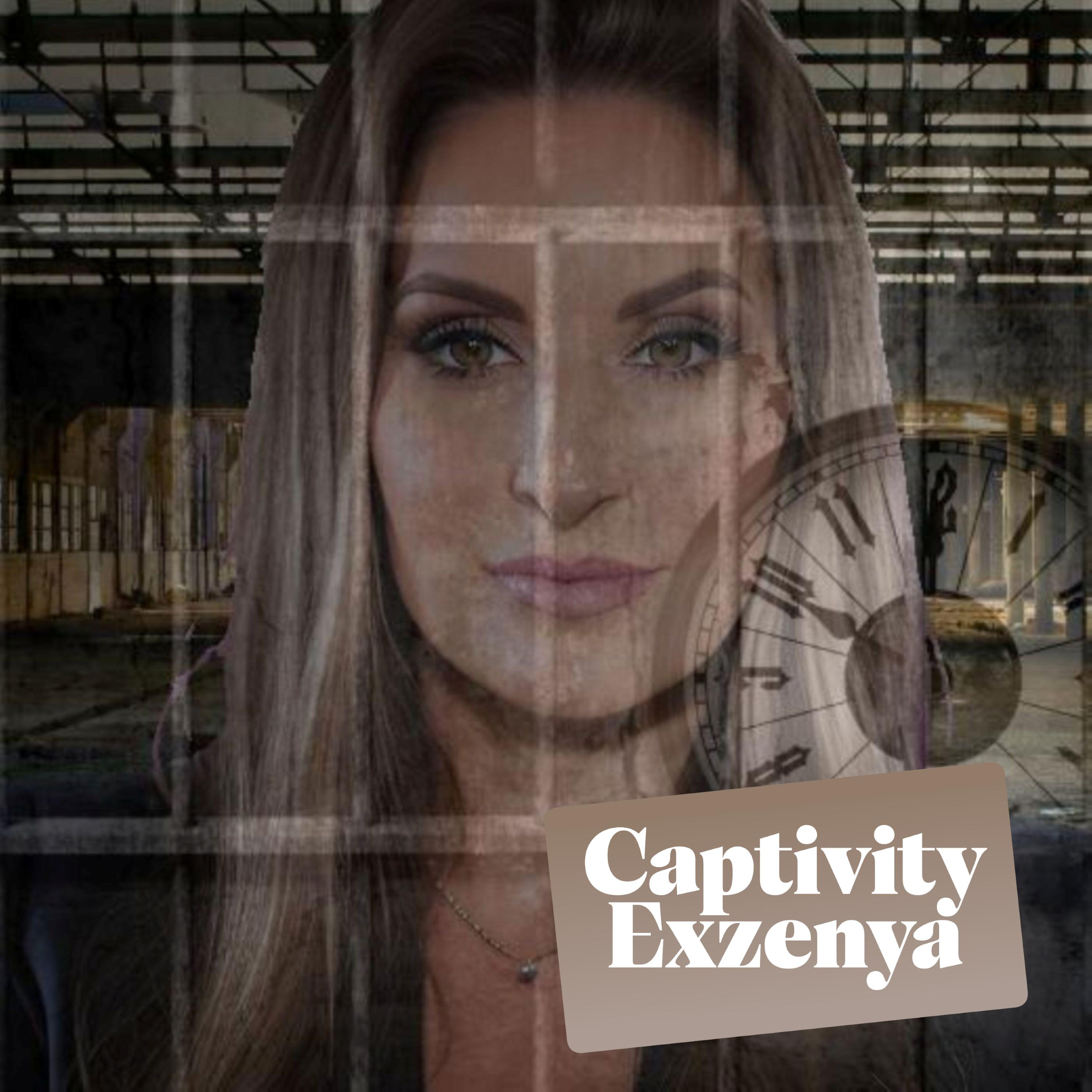Your cart is currently empty!
A Ghostly Beginning

“Captivity” opens with a chilling reinterpretation of the old American folk refrain “Down in the valley, the valley so low.” But instead of nostalgic warmth, Exzenya delivers it like a broken transmission — hollow, distant, and unnerving. A soft wind slips beneath the vocal, evoking the eerie silence of an isolated room. It’s a brilliant piece of cinematic sound design that places the listener directly inside the captive’s headspace: fragile, contained, and emotionally starved.

From this ghostly introduction, the track slowly builds around a minor-key arrangement. It mirrors the mechanics of conditioning — steady, controlled, deliberate. Sparse instrumentation allows every vocal breath, rasp, and grit to cut through like sharp air, proving that silence can be as powerful as sound.
What truly sets “Captivity” apart is Exzenya’s vocal performance. Her lower register is extraordinary, reaching down to D2–A#2 — a range almost unheard of in contemporary pop vocals. She sustains an unmasked, resonant F3 throughout the track with total control and emotional weight. No Auto-Tune. No artificial polish. Just raw, lived-in performance.
Her delivery moves from grounded lows that embody surrender to plaintive highs that carry resistance. This duality is what makes the song so gripping. It’s as if she’s simultaneously whispering through the walls and screaming to be free.

Lyrically, “Captivity” isn’t about romantic conflict — it’s about psychological imprisonment. Exzenya draws from trauma theory, Stockholm Syndrome, and applied behavior analysis to ask piercing questions:
-
If I leave, will I die?
-
Can I exist without them?
-
If I escape, am I broken forever?
These questions don’t just live in the lyrics; they live in the way the melody breathes. Every pause feels intentional, mimicking the cycles of fear, attachment, and learned helplessness that define real-world captivity. It’s a perspective rarely explored with this much nuance in pop music.
While the production is polished to a major-label standard, it resists sterility. Instead of layering effects to hide imperfection, Exzenya lets her natural tonal edges lead the way. The soundscape is atmospheric — echoing the aesthetic of Billie Eilish’s cinematic minimalism and Aurora’s ethereal storytelling, but with a psychological realism that’s entirely her own.

This isn’t a song built for background listening. It’s meant for headphones in a dark room, where its whispers feel uncomfortably close, its questions too sharp to ignore.
“Captivity” serves as Track 4 of Exzenya’s concept album Story of My Life — the breaking point where isolation is complete and escape feels impossible. Thematically and emotionally, it sits at the heart of the album’s arc.
What makes this track even more powerful is the artist behind it. At 56, Exzenya isn’t following industry molds — she’s rewriting them. With a background in psychology and communications, she transforms difficult truths into hauntingly beautiful soundscapes, proving that age and authenticity are powerful creative weapons.
“Captivity” is more than a song; it’s a mirror. It reflects how control reshapes identity until even freedom starts to feel like a threat. Through stripped-back production, rare vocal range, and psychological depth, Exzenya has created a dark pop masterpiece that refuses to be ignored.
Connect with EXZENYA on